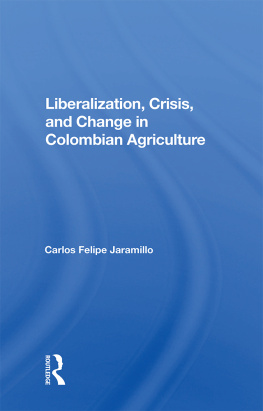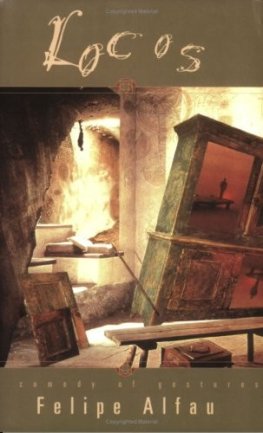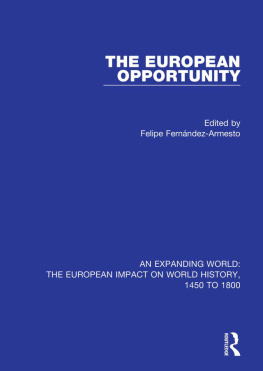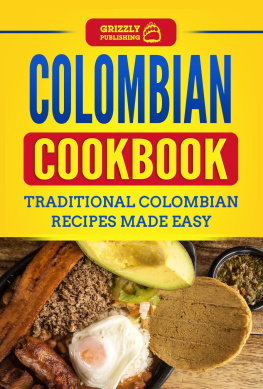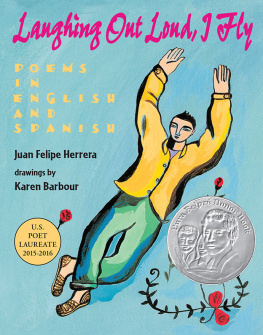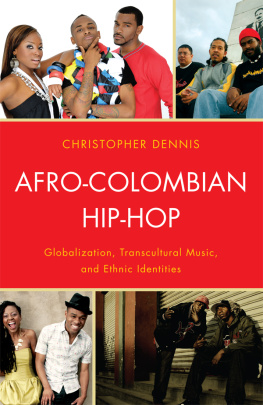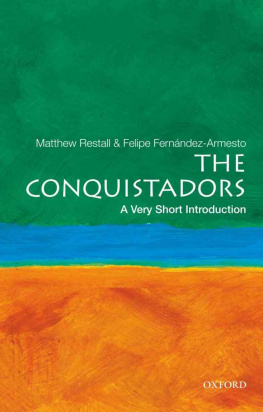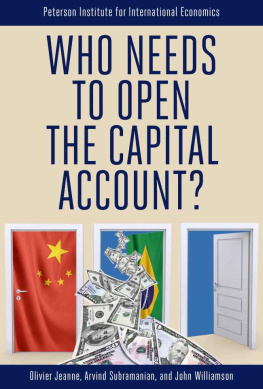First published 1998 by Westview Press
Published 2018 by Routledge
52 Vanderbilt Avenue, New York, NY 10017
2 Park Square, Milton Park, Abingdon, Oxon OX14 4RN
Routledge is an imprint of the Taylor & Francis Group, an informa business
Copyright 1998 Taylor & Francis
All rights reserved. No part of this book may be reprinted or reproduced or utilised in any form or by any electronic, mechanical, or other means, now known or hereafter invented, including photocopying and recording, or in any information storage or retrieval system, without permission in writing from the publishers.
Notice:
Product or corporate names may be trademarks or registered trademarks, and are used only for identification and explanation without intent to infringe.
A CIP catalog record for this book is available from the Library of Congress.
ISBN 13: 978-0-367-01065-2 (hbk)
Transcendental changes in economic policies have taken place throughout Latin America since the mid-1980s. The traditional import substitution strategy for economic progress has been replaced in most countries by market-oriented policies. Reforms have been extended to all sectors of the economy, including agriculture. These changes were initially expected to favor fanners in the region, since previous policies had been associated with an anti-agriculture bias. However, little is known about the actual fate of rural populations after reforms due to the absence of studies about the response of Latin American agriculture to recent policy changes.
This book provides an in-depth look at the impact of recent economic reforms on Latin American agriculture. It focuses on the experience of Colombia, a country with a large and complex agricultural sector. The bold attempt at reform initiated in 1990 posed strong challenges to Colombian agriculture, at a time when it still accounted for 20 percent of domestic employment, a fifth of gross domestic production and over a third of foreign exchange earnings. Challenges were compounded by the dual nature of the farming structure, which has traditionally consisted of two distinct segments: commercial farmers (who use modern technologies and hired labor), and campesino producers (who rely on family labor and more traditional production practices). Most importantly, campesinos have traditionally tended to specialize in the production of nontradable staple crops, while commercial farmers favor export crops and import-competing grains and oilseeds. Campesinos also account for an important share of producers engaged in cultivation of coffee and maize.
The book describes and analyzes events in Colombian agriculture between 1990 and 1997. It highlights the critical role that macroeconomic factors play in determining agricultural outcomes and, in particular, the effect of the real exchange rate. The analysis provides preliminary answers to important questions: What was the nature of economic reforms for agriculture? Were reforms responsible for the agricultural crisis of 1992? How did policy-makers react to plummeting farm incomes? What were the effects of policy adjustments in the aftermath of crisis? What was the nature of structural changes in Colombian agriculture between 1990 and 1997? What forces explain these changes? The Colombian experience should shed some light on similar experiences that have been recently observed in other Latin American countries. It may also yield valuable lessons for other countries still in the early stages of agricultural policy reform.
There are two important limitations of the book that readers should bear in mind. First, it does not provide a detailed analysis of policies related to coffee, , as well as some speculative analysis about the relationship between the drug sector and the rest of agriculture.
The book is intended for analysts, practitioners and students of Latin American development. It should also be of interest to policy-makers and, in particular, those dealing with agricultural and rural issues. Although written by an economist, the book is aimed at the broader audience of readers concerned with the results of recent economic reforms in Latin America. Definitions of key concepts are included in the text and an attempt has been made to minimize the use of technical jargon and complex models.
I have incurred many debts in writing this book. The original insights were gained in my tenure as chief of agricultural policies at the Departamento National de Planeacin (DNP) between 1992 and 1993.1 am especially grateful to my mentors within the Colombian government at that time, Armando Montenegro and Rudolf Hommes and to former President Cesar Gaviria, whose sharp economic mind left an indelible imprint on the account told here. I am very grateful for the support of the Ministers of Agriculture who participated in the Gaviria administration, including Maria del Rosario Sintes, Alfonso Lpez Caballero and Jos Antonio Ocampo. The entire staff of the unit in charge of agricultural policies at DNP collaborated in the gestation of this book in some form or another. My biggest debts were incurred there with Clara Gonzlez, Raquel de Henao, Ivan Sombredero, Jos Luis Gmez, Jos Ignacio Vargas, Pilar Ruiz, Judith Barbosa and Ximena Rueda. Parts of were extracted from an earlier book which received support from DNP and FONADE, who have both graciously ceded their translation rights.
I have large intellectual debts with some of the best academic observers of Colombian agriculture. Roberto Junguito and Albert Berry motivated and encouraged my research on the problems of the rural economy. My knowledge of Colombian agriculture has been enriched by valuable discussions with Juan Jos Perfetti, Jos Leibovich, Juan Luis Londoo, Jorge Ramrez, Edgardo Moscardi, Alvaro Balczar, Absaln Machado, Fernando Bernal, Jesus Antonio Bejarano, Alvaro Francisco Uribe, Nestor Gutierrez, Carlos Federico Espinal and Jorge Garca Garca. While preparing this book, I had enriching discussions with Rafael Echeverry, Cecilia Lpez and the group of researchers working on the Colombian government's Misin Rural. I also benefited from guidance from Hans Binswanger and Alberto Vaids, as well as discussions with John Heath, Nicholas Krafft, Klaus Deininger and John Baffes at the World Bank.
The first two chapters of this book were possible due to the support of the MacArthur Foundation and the Agricultural and Natural Resource Economics Department of the University of Maryland at College Park, where Darrel Hueth was a gracious host. At Maryland, I also benefited from discussions with Bruce Gardner and Ramn Lpez. The remainder of the book was written while the author was a staff member at Banco de la Repblica in Colombia. I am very grateful to Miguel Urrutia, Director General, for supporting my efforts on this book. I also received valuable comments on earlier versions of the book from Leonardo Villar, Salomn Kalmanovitz and Enrique Ospina.
I must especially acknowledge the dedicated assistance of Edgar Caicedo, who accompanied me in this project from the beginning. It is in great part to his competent collaboration that I have been able to include graphs and tables to strengthen the arguments. I would like to acknowledge his special assistance in the analysis of variations in commodity returns presented in . The sections on rural labor markets and integration of agricultural markets benefited from joint work with Oskar Andrs Nupia. The section on the political economy of agricultural protection draws from preliminary work with Xavier Durn. Maria Cristina Guasca provided assistance in the preparation of the bibliography and the tables of contents.


